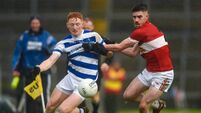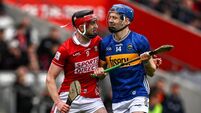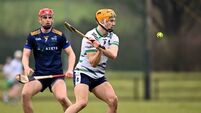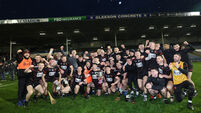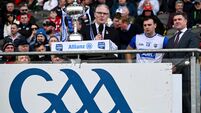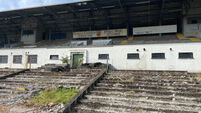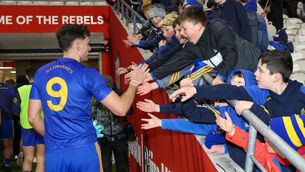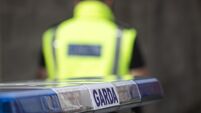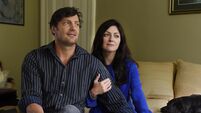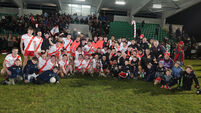Kieran Shannon: All-Ireland final trip to Croker a day we were all back on life’s great journey
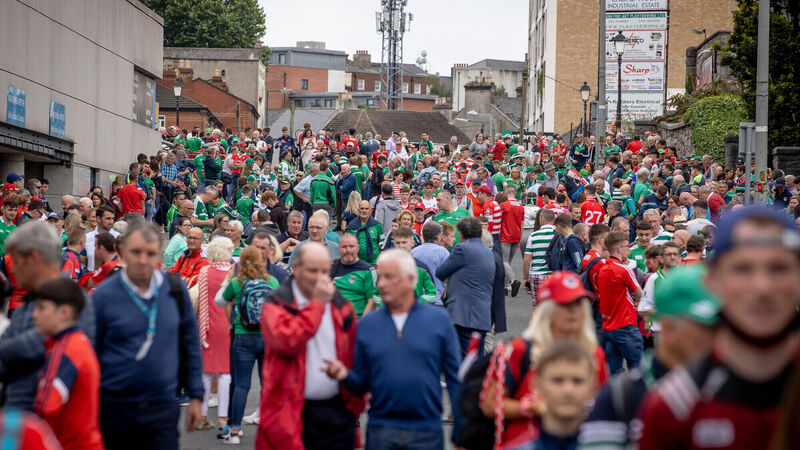
A view of Jones's Road before Sunday's All-Ireland final. Picture: INPHO/Morgan Treacy
If there’s one thing almost as special as going to your first All-Ireland, it’s bringing one of your children to theirs.
Now that I think of it, Andrew was probably much more deserving of making the pilgrimage last Sunday than I was tagging along with his grandfather Brendan back in 1979.


